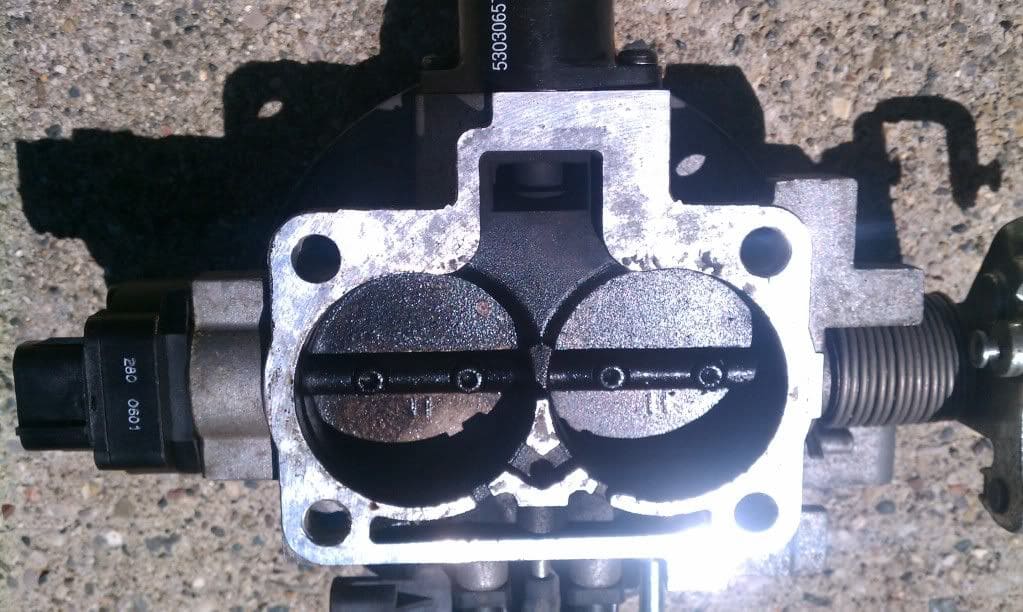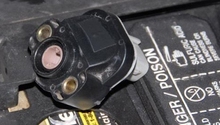Dodge Ram: Why is My Truck Losing Power?
The Dodge Ram is anything but weak. If your truck feels sluggish, diagnose the possible issue here.
This article applies to the Dodge Ram 1500 (1994-present).

Materials Needed
- Multimeter
- Carburetor cleaner
- Shop towels
- Ratchet set with various sockets
Step 1 – Inspect /clean throttle body
The throttle body could be dirty or faulty.
Over time, a throttle body can build up a lot of carbon, which attributes to poor throttle response. It can also build up enough carbon to block an accurate reading of air and fuel mixture to the MAP sensor. This can lead to premature wear and failure. If the throttle body contains a lot of carbon build up, it is wise to clean it, but you will also need to remove and replace the MAP sensor.
- Disconnect negative battery terminal.
- Disconnect any related harnesses.
- Remove four bolts holding the throttle body in place.
- Clean the inside bore of the throttle body with carb cleaner thoroughly.

Pro Tip
One can use a mild detergent/water mix in alternative to carb cleaner. Be sure to thoroughly dry the unit with shop towels once it is clean.
If the throttle body is good, then move on to Step 2.
Step 2 – Obtain MAP sensor voltage
Check to see if the MAP sensor is running the right voltage.
The MAP sensor needs to read close to 2.0 volts when the motor is started cold. Anything below 1.9 v is a sign that the MAP sensor is reading the air-to-fuel ratio inaccurately and adhering to poor gas mileage.
- Locate the MAP sensor on the intake manifold.
- Probe the middle wire.
- Turn the key to accessory mode.
- Observe the voltage reading on your multimeter.

If the scanner is showing sufficient voltage, then go to Step 3.
Step 3 – Test CAT converter
Check for any blockage or clogs in the CAT.
The catalytic converter is used to convert raw fuel into a mixture that is safe for emission. If the converter is blocked or clogged, the front 02 sensor will not get an accurate reading to inform the ECM about correct fuel amounts. Both the converter and sensor can be tested.
- Remove front 02 sensor and drive the vehicle.
- Observe if the CAT turns to a red glow color when you return.
- Replace the CAT if it's glowing red.
- Replace the sensor if the CAT is not glowing red but the vehicle ran better with the sensor unplugged.

Related Discussions and Sites
- Poor Gas Mileage and Loss of Power Discussion - Dodgeforum.com
- How to Test the MAP Sensor - Troubleshootmyvehicle.com
- Testing Your CAT Converter and 02 Sensor - Dodgeforum.com
- Discussion Regarding Glowing CAT - Ramtalkin.com






